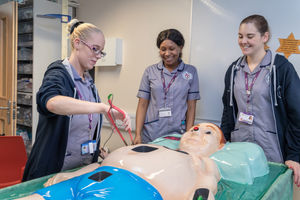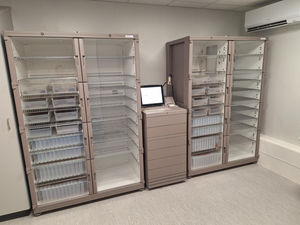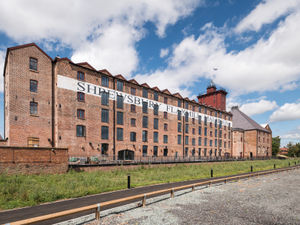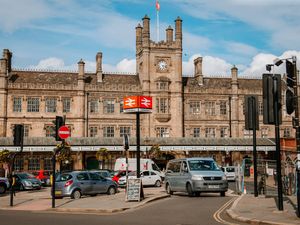Simulators introduced for Shrewsbury nursing trainees
Trainee nurses at a new simulation suite in Shropshire will be able to practise on computer-controlled mannequins that cry and bleed.

Work has begun on the construction of the facility at University Centre Shrewsbury’s Guildhall site and, once completed, it will be used for a range of undergraduate and post-graduate teaching across its departments, including Adult Nursing and Health and Exercise Science. It will also be made available to community health partners.
The facilities will include a fully equipped three-bed bay that accurately portrays real world health care scenarios.
It will be completed by the start of the new academic year in September, when the Foundation Year of the Adult Nursing BN (Hons) programme begins.
Professor Debbie Roberts, head of health and social care at UCS said: “This suite is the final step in preparing UCS for Adult Nursing students in the autumn term,.
“It is a wonderful asset to UCS and the community. Once it is complete, we look forward to welcoming community partners who can also benefit from the new facilities.”
The suite provides both hospital and community style environments where actors and human patient simulators can be used to deliver a range of real world scenarios.
Human patient simulators are highly sophisticated computer-controlled mannequins that can be programmed to exhibit a range of realistic signs and symptoms, such as breathing, crying, bleeding and talking. They also have palpable pulses, and audible chest, heart and bowel sounds.
Using these simulators enables learners to observe, rehearse and practice realistic health-related scenarios in a safe, environment, without any risk or harm to real patients.
Standardised patients are actors who can help students to refine interpersonal skills and can also reproduce specific patient stories for medical, nursing and other health professionals to assess and treat.
When complete, the unit will be equipped with hospital beds, cabinets and bedside monitors, along with realistic hospital sounds and all the necessary hospital equipment. There will also be a single-room facility that can be used as a flexible space for intensive care and resuscitation scenarios, or alternatively, the space can be used as a community setting, replicating an individual’s own home, reflecting the needs of the rural community.





